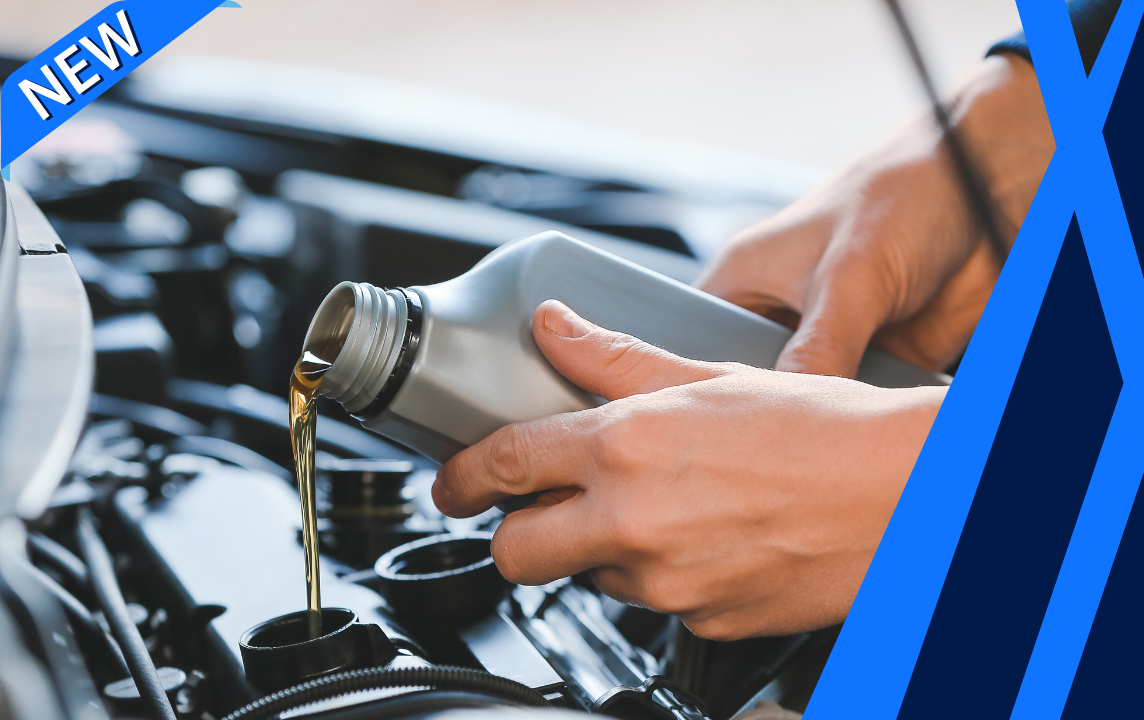Description
Handbrake Shoe Replacement
What is the Emergency/Parking Brake Shoe all about?
The job of the parking brake shoes is to hold the car in place (prevent the car from rolling) when you use the parking or emergency brake. Parking brake shoes are installed on vehicles that have rear rotors (also known as rear disc brakes). Most new cars (made after 1999) have rotors at the rear wheels. In the older cars that have drums at the rear wheels, the brake shoes inside the rear drums act as the parking brake shoes.
Keep in mind:
- Parking brake shoes only exist on vehicles with rear rotors.
- The thickness of the brake shoe will let the mechanic know if it needs replacing.
- Sometimes, a parking brake shoe will have debris or contamination; the shoe may not need replacing if this is cleaned off.
How it’s done:
- Inspect parking brake shoes by removing the rear rotors.
- If the thickness is less than 30% of the original, install new shoes.
- Clean and adjust if necessary.
- Confirm operation of the hand brake.
Our recommendation:
Parking brake shoes are the most overlooked part of the brake system. A mechanic should inspect the parking brake shoes while performing a brake service (changing the rear brake pads or rotors). If the shoes are in good condition, the mechanic should clean and adjust the shoes. If you notice a change in the way the parking brake lever feels (easier or harder to pull), or if the car rolls after putting the parking brakes, you should immediately get it inspected and replaced.
What common symptoms indicate you may need to replace the Emergency / Parking Brake Shoe?
- The parking brake does not hold the car.
- The parking brake does not work.
- The parking brake does not release.
How important is this service?
When you engage the parking brake, the parking brake shoes hold the car in place by clamping against the rear brake rotors. These shoes assure that the wheels cannot turn and your car cannot roll. As the parking brake shoes wear out, they become thinner and cannot apply as much pressure to the rotors, making them much less effective and putting your car at risk of moving out of its parked position.




